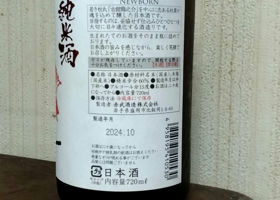

新舘幸樹
It is not my favorite of this brand, but I still buy it.
It is a stable taste. I haven't had aka-bakuren recently, so I forgot what it tastes like, but it's just as I imagined.
The spiciness comes first, then the sweetness soon after.
The bitter taste comes in the second half. The tingling sensation when it enters the mouth is also quite nice.
I knew I should have done this with a bottle.
Japanese>English

































